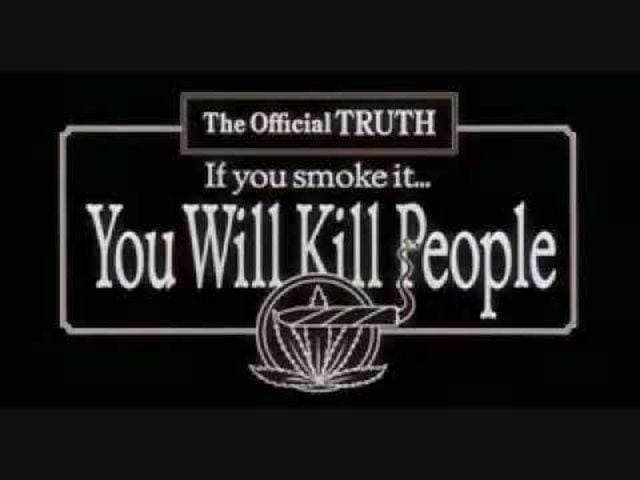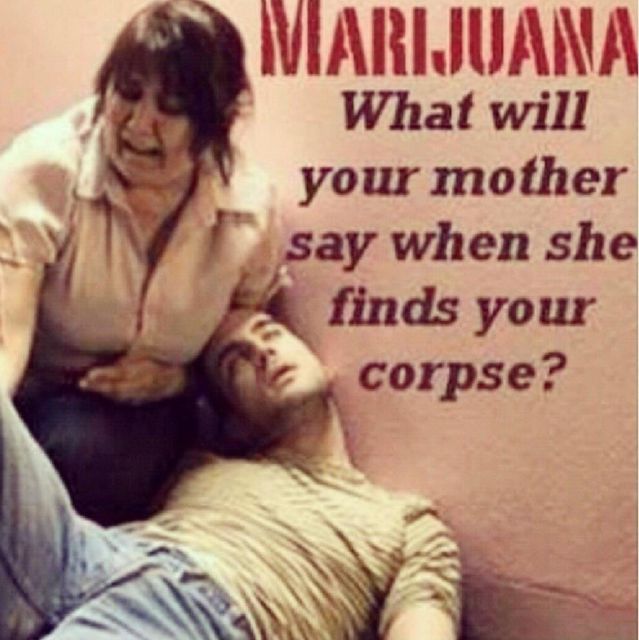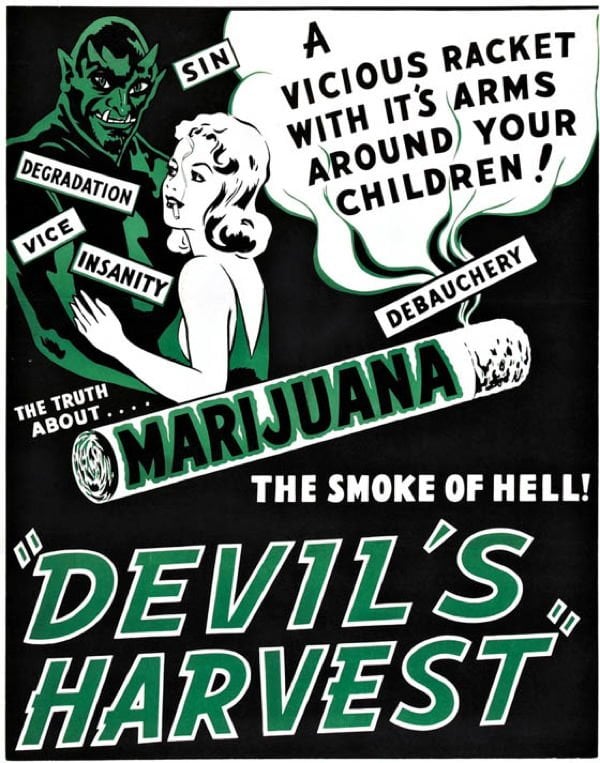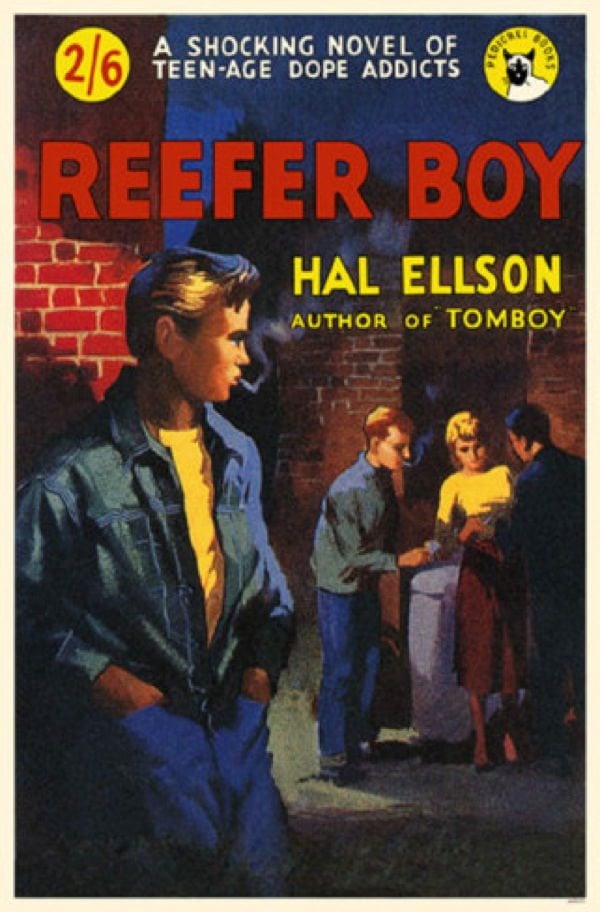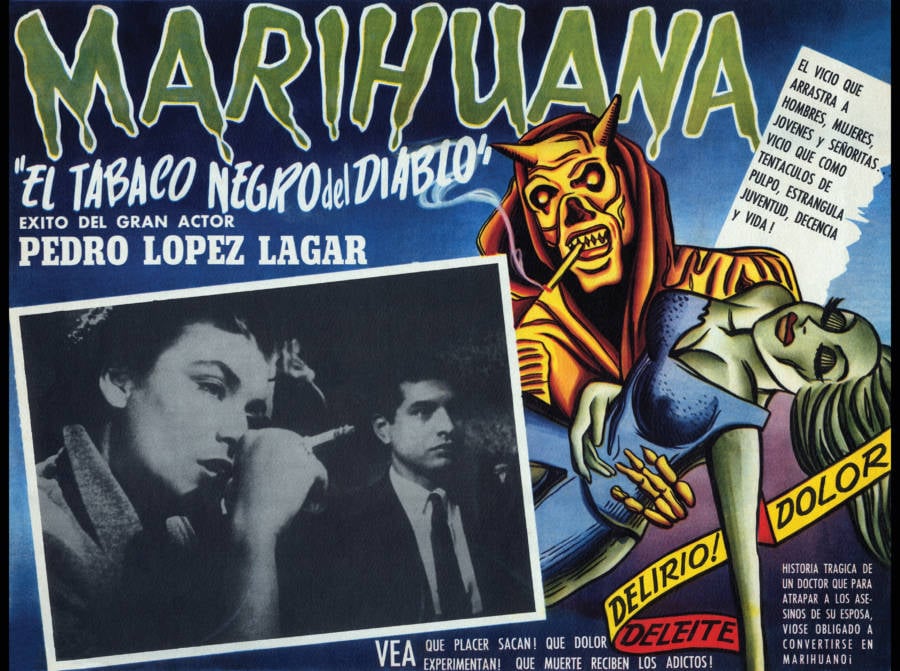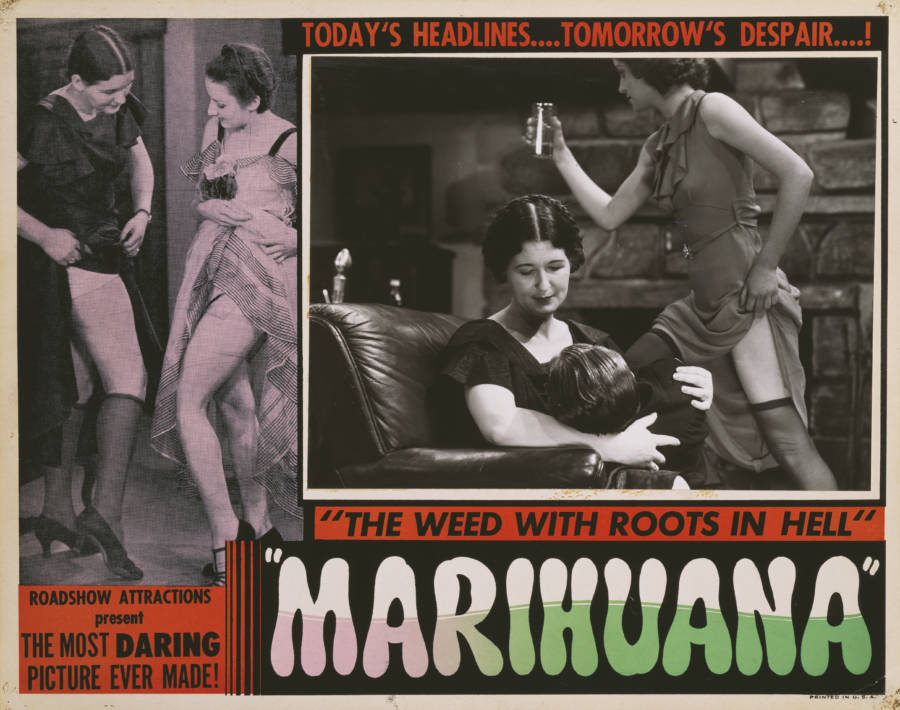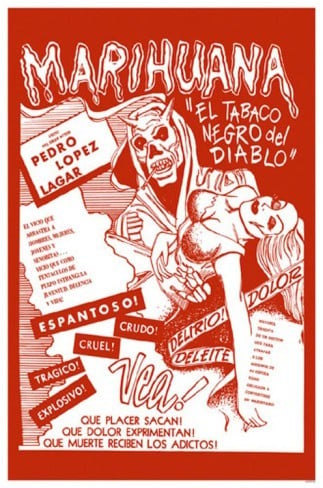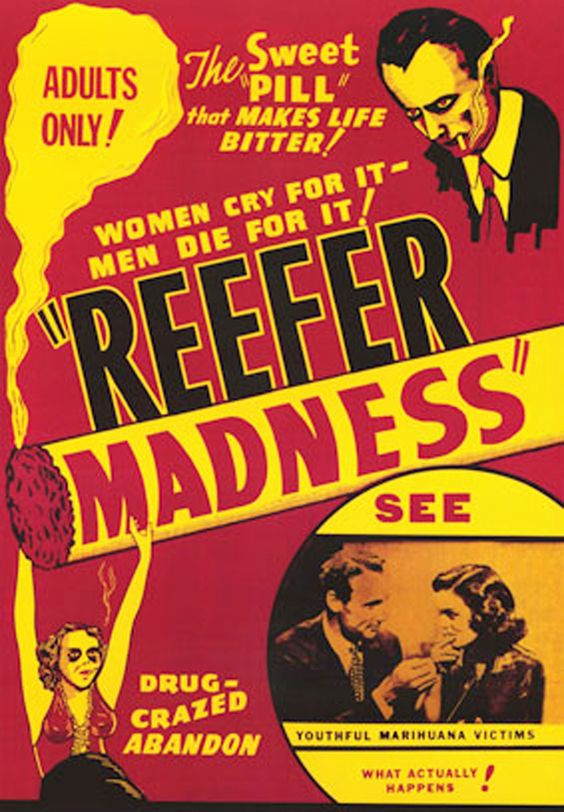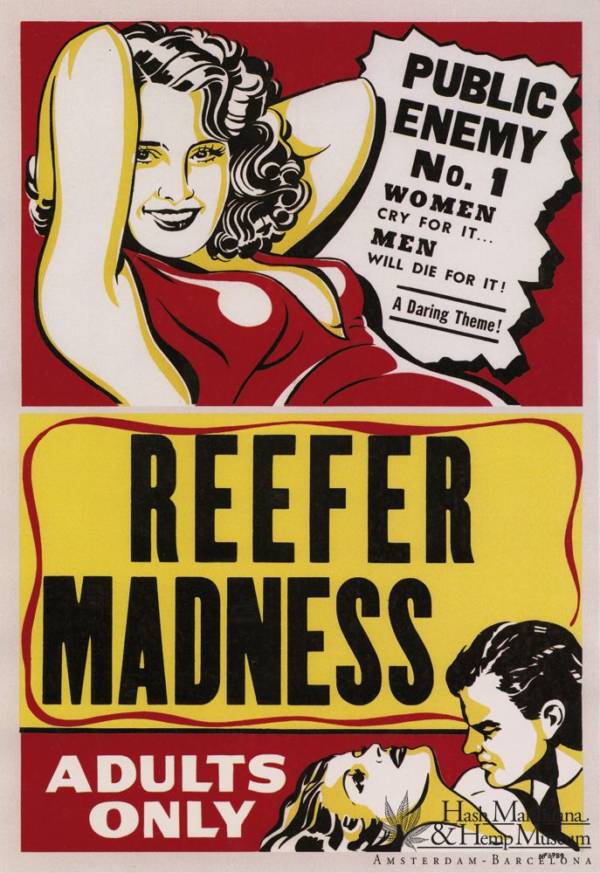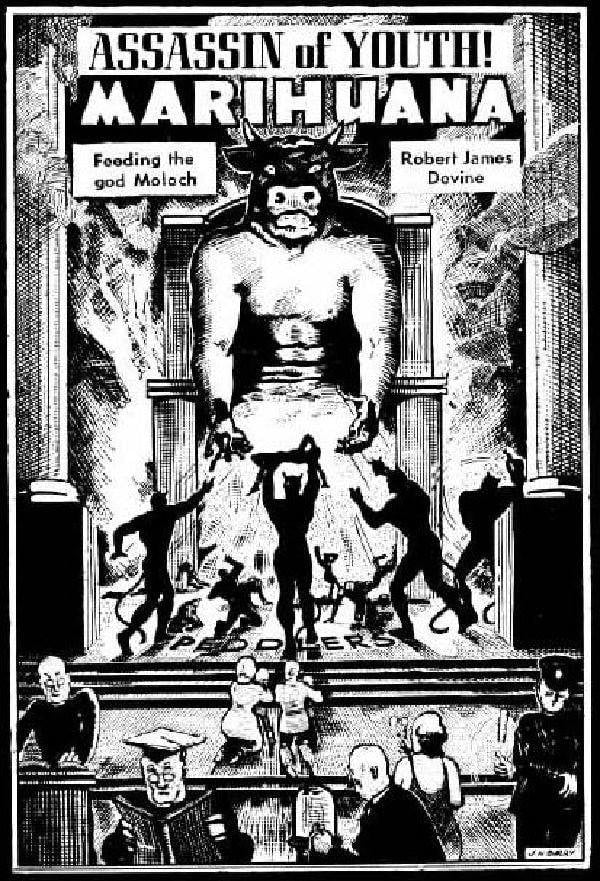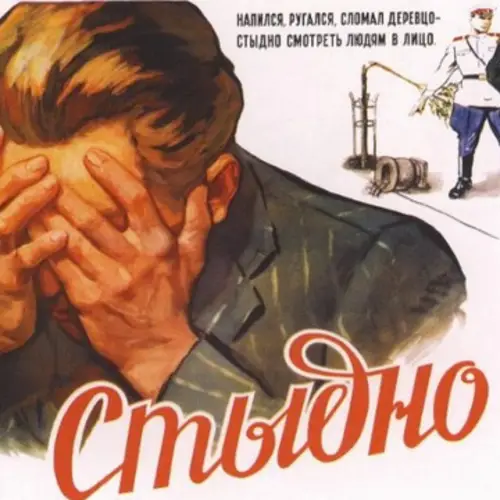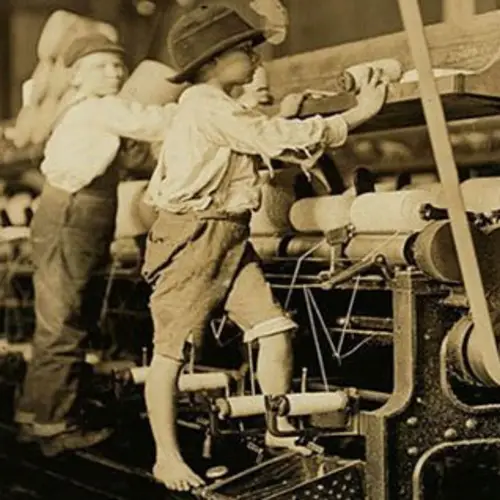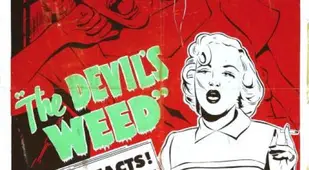One man's 1930 anti-marijuana propaganda campaign started a panic that would last for decades — and still isn't over.
Crazy orgies, conversations with Satan, permanent insanity, and murder: These were the calamities that could befall marijuana users of the early 20th century — according to anti-marijuana propaganda.
And this anti-reefer hysteria was, at least in part, the product of belligerent Federal Bureau of Narcotics Commissioner Harry J. Anslinger's 1930 one-man "call to arms" campaign against the drug.
Harry Anslinger's Anti-Drug Crusade
Harry Anslinger was the first man appointed to the newly formed commissioner position, and he was determined to make a name for himself. His primary target was alcohol. Since 1920, the country had been dry (in name if not in practice), and he was intent on enforcing the ban.
But it wasn't long before he was a man without a cause. In 1933, just three years after Anslinger's appointment, Prohibition was repealed — and the purview of the Federal Bureau of Narcotics began to shrink.
With alcohol off the table, the department's business was limited to narcotics like cocaine and heroin — drugs used by a very small percentage of the population. Chasing them down wasn't going to result in fame or glory any time soon.
So Anslinger decided to make it his mission to put an end to all drugs in the United States, including cannabis, using anti-marijuana propaganda.
It was a tricky proposition, especially since he was on record as having called the danger of marijuana laughable and the idea that it might lead to madness or violent behavior an "absurd fallacy."
But his bid for power and a larger department budget led him to reverse himself on the issue, and he began to build on the very fears he had once scorned. He identified marijuana as an addictive narcotic that would undoubtedly promote violent behavior.
The Anti-Marijuana Propaganda That Panicked A Nation
To support his claims, he solicited and received a number of dubious anecdotal accounts of marijuana-induced violence. He recounted tales like that of Victor Licata, who allegedly murdered his family with an ax while high on cannabis — though it later emerged that he was mentally ill and had no history of drug abuse.
That didn't stop Harry Anslinger — and neither did the medical community. When 29 out of 30 doctors and pharmacists he contacted told him that the drug posed no serious danger to the public, he went with the single professional who disagreed.
At the time, marijuana use wasn't widespread — but on the radio and on talk shows, Anslinger described an epidemic. He said it was a "shortcut to the insane asylum" and could make "a murderer who kills for the love of killing out of the mildest mannered man."
His anti-marijuana propaganda had strong racial undertones. He persecuted jazz musicians, saying that weed was leading them to make the devil's music. Under his influence, the term "cannabis" was replaced with the Spanish word "marijuana" — a shift he used to link the drug and its usage to Latinos.
Thanks to his strategic use of mass media and emotionally jarring headlines steeped in racism, anti-marijuana propaganda spread from sea to shining sea, uniting an otherwise struggling and divided nation in a fight against the drug.
The anti-marijuana fervor only escalated throughout the latter half of the 20th century, and since Richard Nixon formally declared a war on drugs in 1971, the US government has spent around $1 trillion fighting — however nominally — the illegal drug trade.
While Attorney General Eric Holder came out against this failed endeavor in 2013 and marijuana laws have grown more and more lax, it's going to take a lot more than a few amendments to change a culture so fixated on the terror of a single plant.
Few things better capture the spirit of the ongoing panic than vintage anti-marijuana propaganda films, like this one from the 1960s:
Next, take a look at some shameless cocaine ads from the 1970s, when regulations on drug accessories marketing weren't so strict. Then, allow this marijuana map to show you which countries smoke the most weed worldwide.


